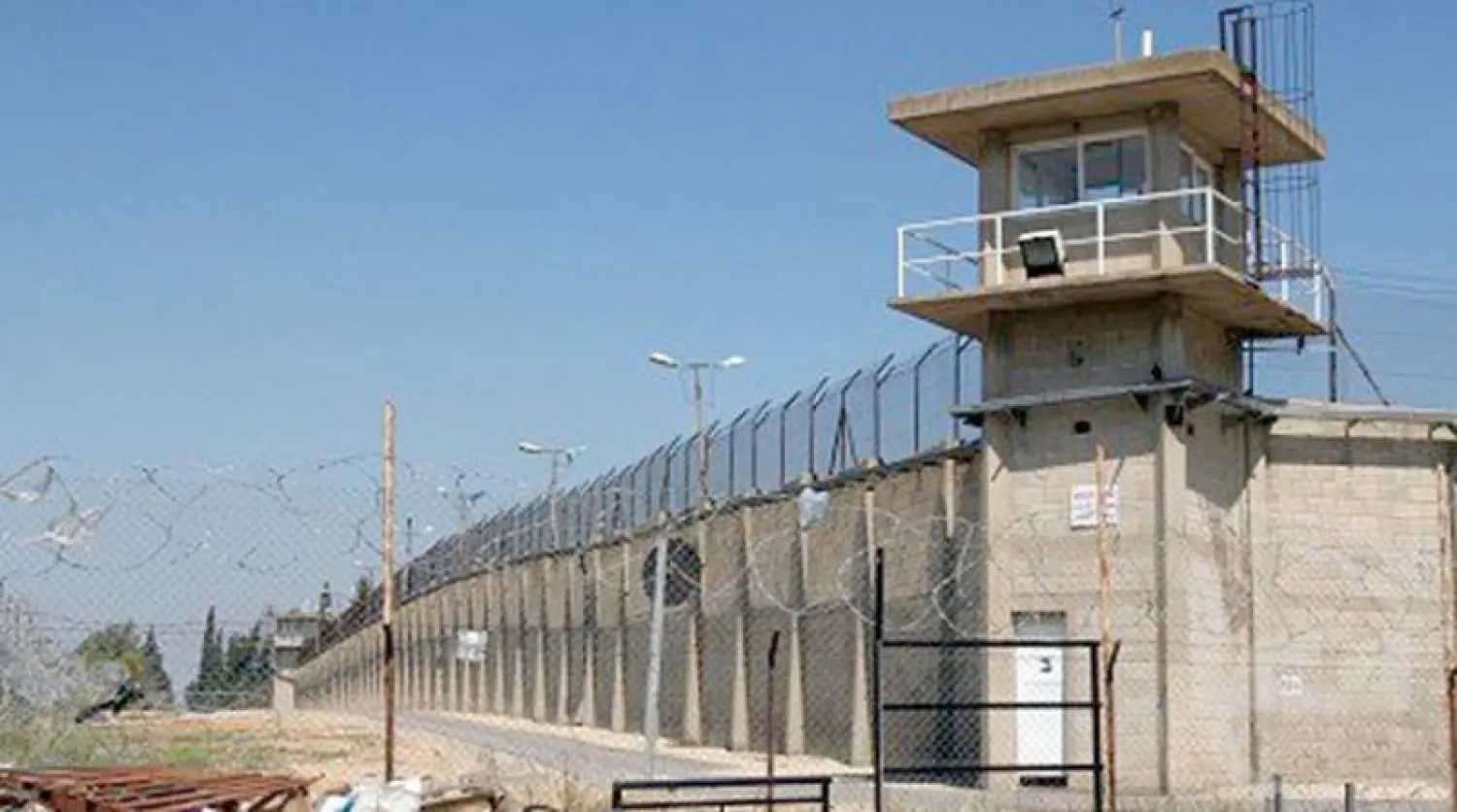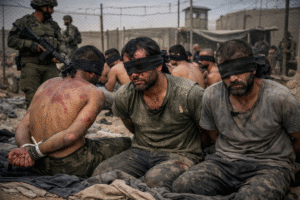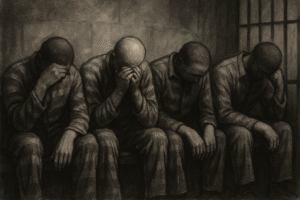Since the very first moment of the occupation of Palestine in 1948, Israel began establishing a systematic repressive apparatus, which manifested in a network of detention centers, prisons, and interrogation facilities. These turned into tools for managing its conflict with the Palestinian people through mass arrests and physical and psychological torture — in blatant violation of all international laws and treaties.
While the occupation boasts of its so-called democracy, statistics and field facts reveal the true face of a state that practices torture as a systematic policy, not as an exception. Since 1967, Israel has arrested over one million Palestinians — including children, women, and the elderly — according to Palestinian and UN estimates, making its prison system one of the harshest and most expansive in modern history.
Prisons of Slow Death
According to international and Israeli human rights reports — including a report by B’Tselem issued in August 2024 — over 10,000 Palestinians are currently detained under inhumane conditions described in the report as “hell.” Detainees face all forms of torture, including sleep deprivation, starvation, denial of medical treatment, solitary confinement, severe beatings, and ongoing abuse. Added to this are degrading practices that violate religious dignity, such as banning prayer, confiscating Qur’ans, and denying family visits.
Testimonies from hundreds of released prisoners confirm that prison administrations routinely use a practice called the “tashrifa” — a corridor of beatings and humiliation between rows of soldiers — as a daily ritual to degrade inmates. Prisoners are also subjected to forced labor and are held in filthy, overcrowded cells unfit even for animals.
The Roots of Detention Since the Nakba
These policies date back to before the official declaration of the Israeli state, when Zionist militias established temporary detention camps in depopulated Palestinian villages such as Sarafand and Haifa. After 1948, Israel inherited these detention centers from the British Mandate and added new facilities like the Ijlil and Umm Khalid detention camps, where mass arrests, torture, and starvation were practiced — even using Palestinian detainees as forced labor in military and economic projects.
In his renowned book “The Ethnic Cleansing of Palestine,” Israeli historian Ilan Pappé states that Israel’s first detention camps held around 9,000 Palestinians — most of them civilians uninvolved in any military activity — proving that prisons were used from the outset as tools for displacement and control.
From Sinai to the Negev… Ongoing Security Expansion
After the occupation of the West Bank and Gaza in 1967, Israel significantly expanded its prison infrastructure. It established new prisons such as Ashkelon and Be’er Sheva, and secret detention sites in Sinai like “Nakhl” and “Abu Zenima,” where hundreds of Palestinians were held — some under flimsy pretexts like “vocational training,” and others simply for being relatives of wanted individuals, in efforts to break the resistance.
During Palestinian uprisings, Israel’s response was always more prisons and detention centers. In 1982, it established the Ansar camp in southern Lebanon to hold thousands of Palestinians and Lebanese. It later reactivated “Ansar 3” in the Negev desert during the Second Intifada, where over 50,000 Palestinians were detained over a few short years.
Prison as a Political and Security Tool
Today, Israel operates around 20 major prisons and multiple detention and interrogation centers across the territories occupied in both 1948 and 1967. Prominent among these are Ashkelon, Nafha, Megiddo, Shatta, Ofer, and Ayalon prisons — each with a long record of violations, whether through interrogation agencies like the Shin Bet or through harsh security management that turns prisons into hostile, brutal environments.
Perhaps the most dangerous component of this system is Secret Prison 1391, whose location and purpose remained unknown for years, until Israeli human rights organizations forced the Supreme Court to acknowledge its existence. There, selected individuals are held outside the law in undisclosed conditions, in what constitutes a crime under international law.
Camps Beyond Humanity
Israeli prisons have become systematic torture camps that target Palestinians in their humanity, their faith, and their resilience. While these prisons may be part of the traditional tools of occupation, documenting their crimes and highlighting the suffering of detainees has become one of the most pressing priorities of Palestinian legal and media advocacy.
Reviving institutions like the Palestinian Center for Prisoner Advocacy is now a national and humanitarian necessity, to mobilize legal and media efforts against Israel’s black record, and to break the international silence surrounding crimes that have continued for more than seventy years.





